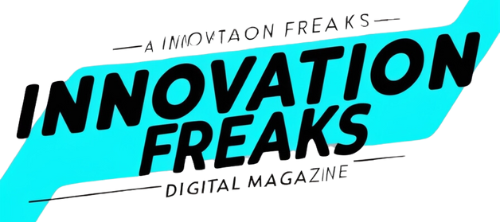Blockchain technology is transforming various sectors, and its application in voting systems is particularly significant. By ensuring data integrity and transparency, blockchain can enhance trust in electoral processes, a crucial aspect of modern democracy.
The Role of Blockchain in Voting
In recent years, the adoption of blockchain technology in voting systems has emerged as a game-changer. By leveraging a decentralized ledger, blockchain can secure the vote, preventing tampering, duplication, or unauthorized alterations. Each vote is recorded as a unique transaction, making it nearly impossible to manipulate outcomes. The transparency provided by blockchain encourages voter confidence, driving higher participation rates. Various governments and organizations are now exploring pilot projects to test blockchain’s efficacy in real-world elections, promising improved integrity in voting.
Enhancing Voter Security
The security of voter information is paramount in democratic processes. Blockchain enhances voter security by cryptographically encrypting data, which significantly reduces the risk of cyber threats. When voters cast their ballots, their identities and selections are protected within the blockchain framework. This means that unauthorized access is almost impossible, offering reassurance to voters that their votes remain confidential. As cyber-attacks on electoral systems become more sophisticated, incorporating blockchain could serve as a robust countermeasure to ensure secure democratic practices.
Increased Accessibility for Voters
One of the most compelling advantages of blockchain in voting is its ability to increase accessibility for all voters, including those living abroad or individuals with disabilities. Through blockchain, remote voting can be facilitated, allowing citizens to participate in their country’s elections from anywhere in the world. This innovation removes geographical barriers and provides all eligible voters the opportunity to engage actively in the electoral process. Furthermore, intuitive interfaces designed within blockchain voting platforms can cater to those with disabilities, ensuring inclusivity.
Real-World Implementations of Blockchain Voting
Several countries and organizations are spearheading the implementation of blockchain voting systems as pilot projects. In 2019, Utah County in the USA allowed overseas voters to cast their ballots using blockchain technology. This initiative garnered significant attention and highlighted the potential of blockchain to enhance the voting experience. Similarly, countries such as Estonia have been pioneers in employing digital platforms for voting, integrating blockchain features to bolster security and transparency. As these pilot projects continue, we can expect further insights and enhancements in electoral processes.
The Future of Democratic Processes
The advent of blockchain technology in voting systems is a testament to the evolving nature of democratic processes. As technology advances, we can envision a future where transparent voting systems are the norm, rather than the exception. Blockchain could potentially revolutionize how elections are conducted, with smart contracts ensuring every vote counts without discrepancies. This shift can pave the way toward ensuring honest elections, restoring public faith in electoral systems globally.
Challenges Ahead for Blockchain in Voting
Despite its advantages, the integration of blockchain in voting systems is not without challenges. Issues such as scalability, regulatory compliance, and public understanding of the technology must be addressed. There is a considerable need for stakeholder collaboration to develop frameworks that enable secure and effective blockchain implementations. Education is also essential; voters need to comprehend how the technology works and how it safeguards their votes. By tackling these hurdles, the potential of blockchain in revolutionizing voting can be fully realized.
Disclaimer: The information provided in this article is for informational purposes only and should not be considered legal or professional advice.





















